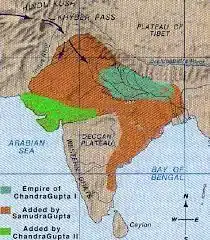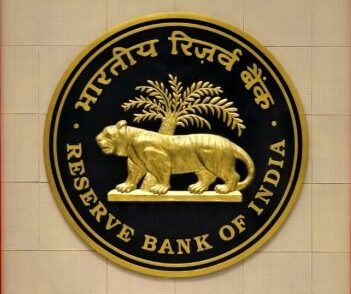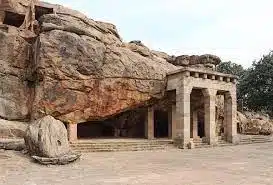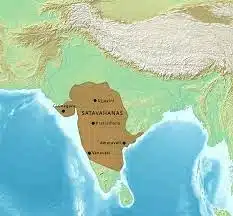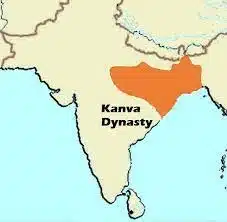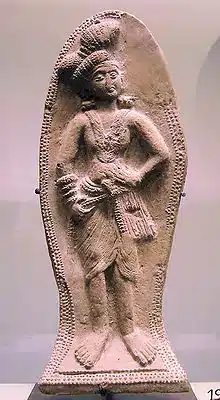List of 108 National Parks in India| Important Facts
National Parks in India A national park is a large area that is protected by the government where a vast variety of animals, flora, fauna, any geomorphological site, and the entire ecosystem are preserved for security, education, and recreational purposes. The main objective of a national park is to protect the natural environment of the […]
List of 108 National Parks in India| Important Facts Read More »




